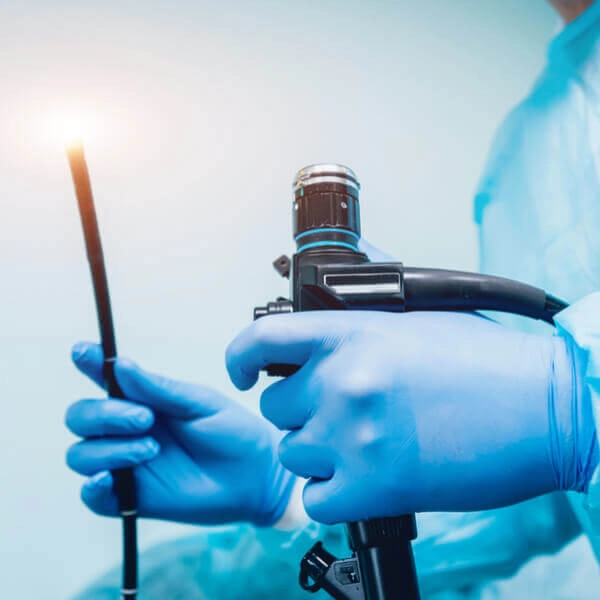Home/Wellness Zone/Sakra Blogs
13th Mar, 2019

Overview
Peroral Endoscopic Myotomy (abbreviated as POEM) is an endoscopic procedure to treat swallowing disorders, such as achalasia. It’s a disorder where entry of food and liquids into the stomach is impaired.
Achalasia is usually caused by malfunction of the esophageal muscles and lower sphincter muscles, which makes it hard for food or liquid to pass down the throat. The symptoms of swallowing disorders include weight loss, difficulty eating, pain while swallowing, and a burning sensation in the chest. POEM is a surgical procedure that helps to relax the tight esophageal muscles and opens up the esophageal passage which has narrowed. The complete procedure takes around two to three hours.
Flexible thin endoscopy tubes are passed through the patient’s mouth. It allows the physician to view and examine the surrounding area without any large incision on the body. Endoscopic procedure is highly beneficial for swallowing disorders because there’s no incision on the chest or abdomen. It’s a minimally invasive procedure and includes no post procedures.
Procedure
Before the procedure
Prior to the procedure, our doctors will have a word with the patient regarding the specific preparations that a patient needs to follow. This helps to prepare both physically and mentally. The patient is asked to follow a liquid diet for two days. Before the surgery, he/she is not allowed to drink or eat anything at least for 12 hours. The fasting hours will keep the esophagus and stomach clean and easy for the endoscope to pass through and is important to prevent complications like aspiration of stomach contents into the lungs.
If the patient is on any medications, they should talk to the doctor whether is it safe to take the medications or not. Before the surgery, a patient will undergo a series of medical tests to assess their overall health and fitness for surgery.
During the procedure
Once the patient is prepared, he/she will be taken into the operating room and given IV anaesthesia. The surgery is performed under general anaesthesia and the procedure begins with insertion of the endoscope tube into the mouth. A small camera is mounted at the end of a tube that helps the doctor to view the affected area closer on a TV monitor.
The endoscope tube passes through the lining of the esophagus muscles to make a pathway. A surgical knife is attached to the endoscope tube end and tunnels into the pathway. This knife helps to cut away unwanted tissue and loosens the tight esophagus muscles, which a major causative factor for swallowing disorders.
Once the procedure is completed, endoscopic clips are inserted into the lining of the esophagus to help keep the incision open. The endoscope tube is removed through the mouth. This procedure helps to relieve the tight esophagus muscles and allows food to pass down to the stomach normally.
After the procedure
The patient will be asked to stay in the hospital for a night to observe if there are any complications after the surgery. Post-surgery, the patient will not be allowed to eat or drink solid foods for a certain period of time. After the surgery, the patient will undergo a barium X-ray to verify that the esophagus muscles are open and there’s no leakage.
The follow-up sessions include meeting with the doctor to check improvement in health for 7 to 10 days. Then again the patient should visit the hospital after three months for a swallow test to make sure the esophagus is functioning well.
Diet for achalasia
Foods that help to reduce the risk factors of achalasia:
Soft foods, like mashed vegetables, porridge, and soups
Peppermint and yogurt helps to reduce gastric secretion
Ginger helps in digestion and prevents heartburn
Drink a minimum of 10 glass of water to keep the body hydrated
Living with a swallowing disorder
Swallowing disorder, such as achalasia is a long-term disease.
Here’s a list of lifestyle changes that will help to regulate the symptoms:
Maintain a balanced and nutritional diet for healthy living. Add more fibre in the diet for digestion and healthy life.
Enquire Now
